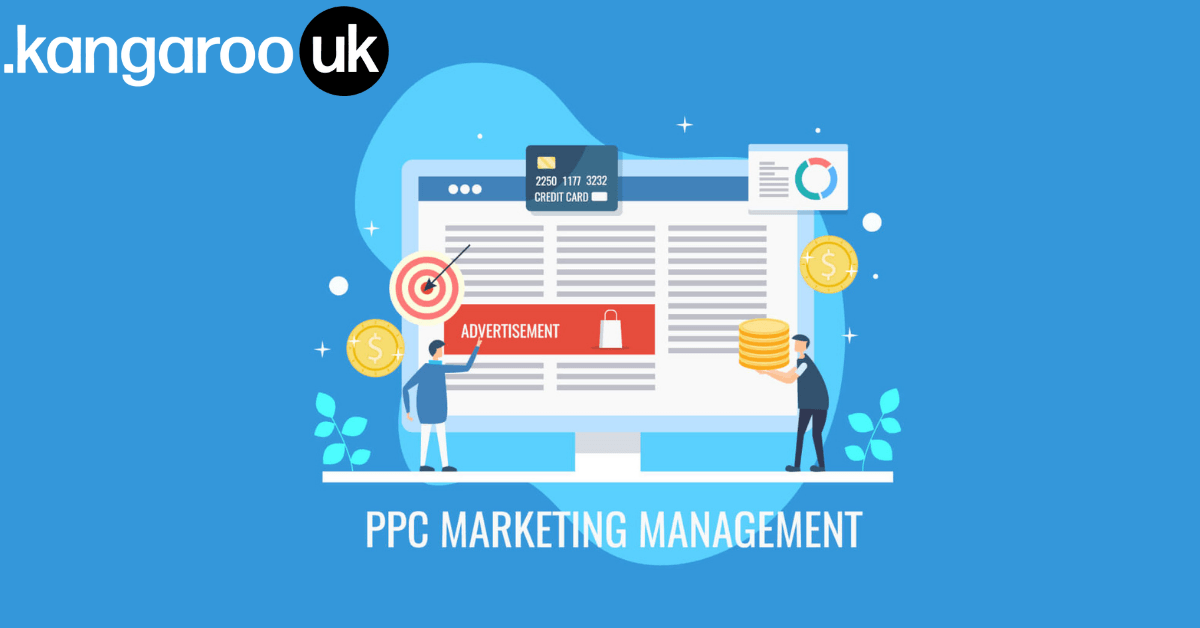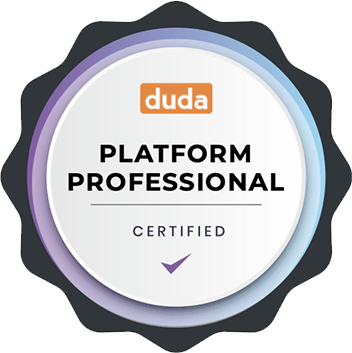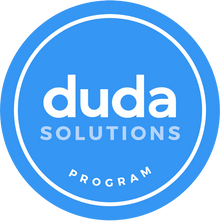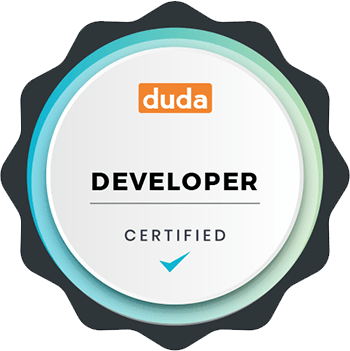SEO Content Writing - How to create engaging blog posts?
peter • 9 April 2021
SEO Content Writing - How to create engaging blog posts?
Publishers, bloggers, and writers love to write content that ranks, informs and inspires readers to take action. Does that mean every article that gets published will become an instant internet sensation? This is certainly not the case because the vast majority of content is not SEO friendly. Therefore, you need to master the techniques on how to write engaging Search Engine Optimised content that attracts your target audience (traffic) to your blog post.
To achieve this, it is vital that you are aware of important ranking factors before considering your content strategy. This will give your content a chance to land on the first page of Google. After all, no one wants their website or content to be lost in the middle pages of Google search results. This famous quotes perfectly summarises the predicament of many publishers:
“There is no better grave for content than the second page of Google.”
So, writing compelling content with SEO optimisation techniques is a pivotal consideration. However, you can only do this when you are well aware of the objectives of your article. Try to write content that encourages visitors to spend more time on the site. The idea is to drive people to your website, engage them with your content and ultimately convert them into paying customers.
Before you start writing, it's vital to do your keyword research. There are many tools and AI software that will help you search for trendy topics, words and phrases. We use SEMRUSH , Moz , Ahrefs , Sistrix to name a few. Mainly, there are two techniques through which bloggers can grab the reader’s attention:
It requires time and effort from you as the writer and technical knowledge of the SEO professional to attract organic traffic to your piece of content. On the other hand, you have the option of driving traffic by running paid adverts. It is an easier way to get people's attention. But this is only a temporary solution and does not offer long term results. If you want to see stable long-term results, here are techniques that you should follow.
Before setting off, you need to find a topic that can bring more traffic. The topic can vary according to the niche in which you are writing. For instance, if you write about DIY products, then research into the monthly traffic for the topic areas surrounding DIY products. Report generating tools like Ahrefs helps to identify the minimum and maximum search volume per topic area. So, make sure to research before writing!
Google's algorithms aim to show search results based on the end user’s (i.e. yours and mine) intention. Sometimes, people write vague terms in the search bar. But Google cleverly detects the real meaning of those terms and shows the related results. This is called search intent. Before writing content, it is vital to decide the search intent before creating content.
Content-type: Before writing for SEO, run a search in google and see whether all ranked pages are blog posts, product pages, how-to guide, product comparisons or something else. If all ranked pages are different, you need to change the subject because your search intent isn't right.
Content format: Now, try to understand the format that most of the top-ranking pages are following. It is vital to see whether they are writing "how-to" or "promotional" posts.
Content angle: Then look at the blog post's title to see the level of the person who searches for the topic. Decide whether you are going to write for experts or beginners. This will enable you to see whether your post is going to offer a quick solution or not.
Google’s algorithms understand and categorise each piece of content based on its quality. So, you need to address all critical points that appeal to a real human. Never forget that you are writing for a human reader as the AI systems are always on the lookout to ‘humanise’ their tools. Here are some tips that help to drive more traffic:
All of this is designed to enhance the readability of the average internet user. In turn, your hard work will satisfy the algorithm.
It is important to have a catchy headline and meta description to inspire people so they click on it and then start reading. According to a recent survey, around 80% of people access the content by reading subheadings. So, try to include catchy headers to make it more attractive for the readers.
People do not click on boring headlines. For example ‘7 proven ways to decorate your cabinet on a tiny budget’ is more likely to be clicked compared to ‘cabinet decoration techniques’.
The structure of the content also plays a vital role in winning customers. So, try to engage your readers by following this simple yet effective AIDA formula:
Grab the reader's attention and foster a desire by using catchy examples and headers. Action will follow.
Finally, convince the reader to do something or ‘call to action’. This could be anything from purchasing a product on your website to signing up for your newsletter.
Search engines like Google rely on you to provide well-structured content that is search engine optimised and useful to the audience. If you need help writing content or choosing the right keyword cluster then contact our SEO experts here at Kangaroo UK.
To achieve this, it is vital that you are aware of important ranking factors before considering your content strategy. This will give your content a chance to land on the first page of Google. After all, no one wants their website or content to be lost in the middle pages of Google search results. This famous quotes perfectly summarises the predicament of many publishers:
“There is no better grave for content than the second page of Google.”
So, writing compelling content with SEO optimisation techniques is a pivotal consideration. However, you can only do this when you are well aware of the objectives of your article. Try to write content that encourages visitors to spend more time on the site. The idea is to drive people to your website, engage them with your content and ultimately convert them into paying customers.
SEO writing - writing SEO friendly content?
Before you start writing, it's vital to do your keyword research. There are many tools and AI software that will help you search for trendy topics, words and phrases. We use SEMRUSH , Moz , Ahrefs , Sistrix to name a few. Mainly, there are two techniques through which bloggers can grab the reader’s attention:
- Organic visitors
- Paid engagement
It requires time and effort from you as the writer and technical knowledge of the SEO professional to attract organic traffic to your piece of content. On the other hand, you have the option of driving traffic by running paid adverts. It is an easier way to get people's attention. But this is only a temporary solution and does not offer long term results. If you want to see stable long-term results, here are techniques that you should follow.
Do your initial research
Before setting off, you need to find a topic that can bring more traffic. The topic can vary according to the niche in which you are writing. For instance, if you write about DIY products, then research into the monthly traffic for the topic areas surrounding DIY products. Report generating tools like Ahrefs helps to identify the minimum and maximum search volume per topic area. So, make sure to research before writing!
Quick tip
Take a topic that interests you and generate a detailed report. It will help to see the average monthly traffic and difficulty score of the subject. After finding the competition level for that particular topic, you will be equipped to see whether your article is likely to be a success on the internet. Remember, just because you have a topic, that does not mean you will rank high. And always consult a reputable SEO agency to get impartial advice on your project.Analyse the search intent of the end-user
Google's algorithms aim to show search results based on the end user’s (i.e. yours and mine) intention. Sometimes, people write vague terms in the search bar. But Google cleverly detects the real meaning of those terms and shows the related results. This is called search intent. Before writing content, it is vital to decide the search intent before creating content.
There are three C's of search intent
Content-type: Before writing for SEO, run a search in google and see whether all ranked pages are blog posts, product pages, how-to guide, product comparisons or something else. If all ranked pages are different, you need to change the subject because your search intent isn't right.
Content format: Now, try to understand the format that most of the top-ranking pages are following. It is vital to see whether they are writing "how-to" or "promotional" posts.
Content angle: Then look at the blog post's title to see the level of the person who searches for the topic. Decide whether you are going to write for experts or beginners. This will enable you to see whether your post is going to offer a quick solution or not.
Know about the data-driven element
Google’s algorithms understand and categorise each piece of content based on its quality. So, you need to address all critical points that appeal to a real human. Never forget that you are writing for a human reader as the AI systems are always on the lookout to ‘humanise’ their tools. Here are some tips that help to drive more traffic:
- Include images in the content
- Take care of the keyword density (that is between 2%-5%)
- Avoid overusing keywords
- Divide content into small paragraphs
- Use heading and subheadings
All of this is designed to enhance the readability of the average internet user. In turn, your hard work will satisfy the algorithm.
Convince people to take actions
It is important to have a catchy headline and meta description to inspire people so they click on it and then start reading. According to a recent survey, around 80% of people access the content by reading subheadings. So, try to include catchy headers to make it more attractive for the readers.
People do not click on boring headlines. For example ‘7 proven ways to decorate your cabinet on a tiny budget’ is more likely to be clicked compared to ‘cabinet decoration techniques’.
Structure of the content
The structure of the content also plays a vital role in winning customers. So, try to engage your readers by following this simple yet effective AIDA formula:
- Attention - good headlines attract attention
- Interest - talk about a topic your target audience will be interested in
- Desire - encourage your potential customers to want to learn more about the topic
- Action - create downloads, videos and sign-up forms for the reader to learn more
Grab the reader's attention and foster a desire by using catchy examples and headers. Action will follow.
Finally, convince the reader to do something or ‘call to action’. This could be anything from purchasing a product on your website to signing up for your newsletter.
Final tips for writing good SEO content
- Remember content is king, so always produce quality work.
- Make the content easy to understand and write in simple language.
- Use bullet points to grab the attention.
- Include link building in your content marketing post.
- Add transition words like "However, thus," etc., to improve the readability.
- Don't add "fluff".
- Add quotes to make it more attractive.
- Get feedback on your writing to understand its effectiveness.
- Add your keyword into your meta descriptions.
Search engines like Google rely on you to provide well-structured content that is search engine optimised and useful to the audience. If you need help writing content or choosing the right keyword cluster then contact our SEO experts here at Kangaroo UK.










